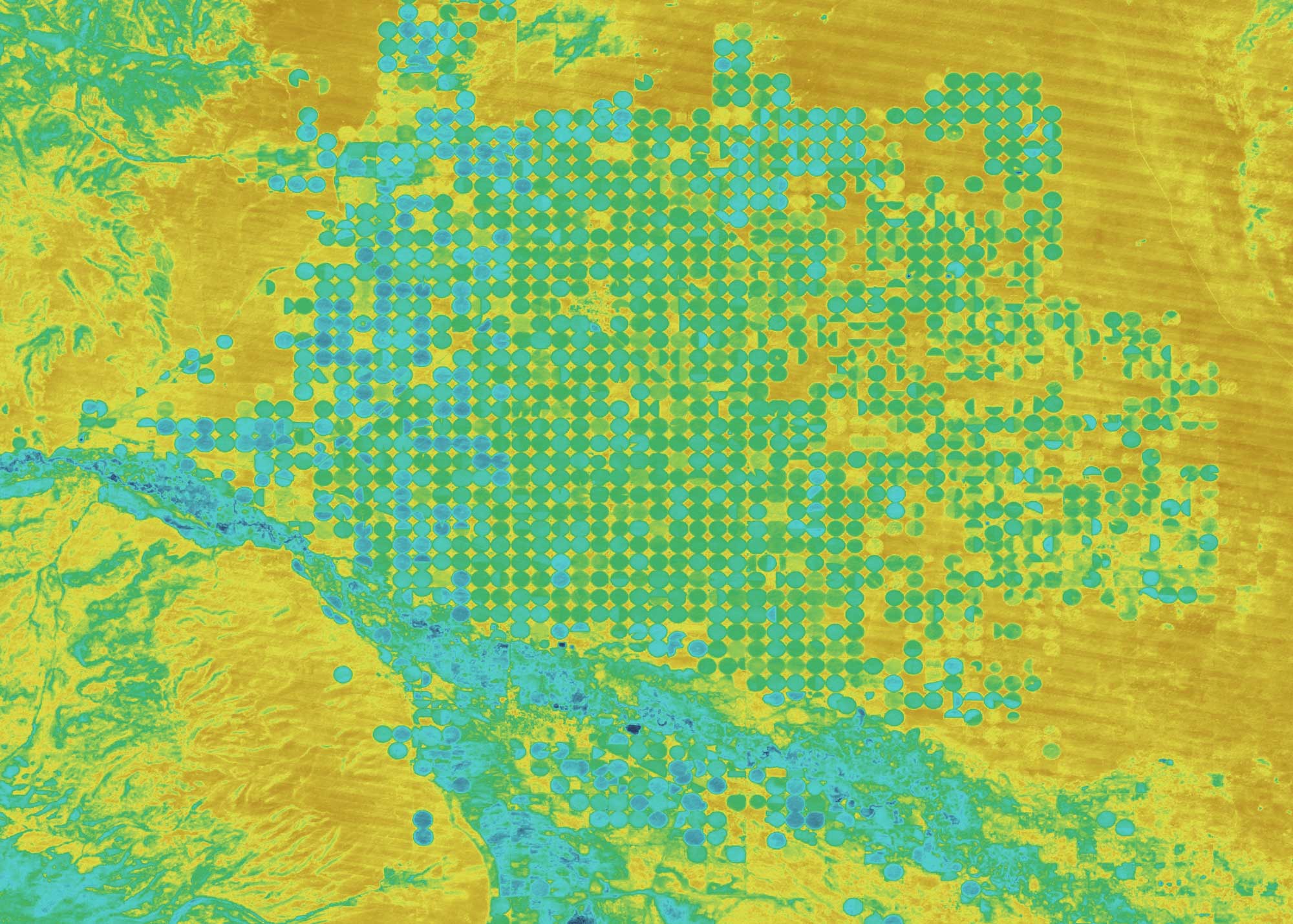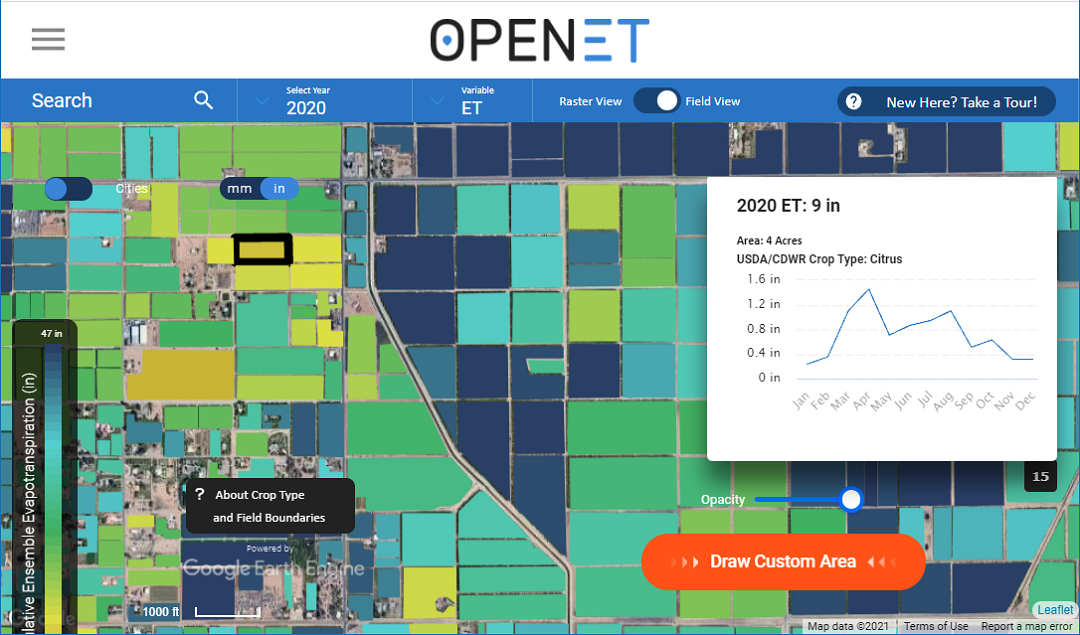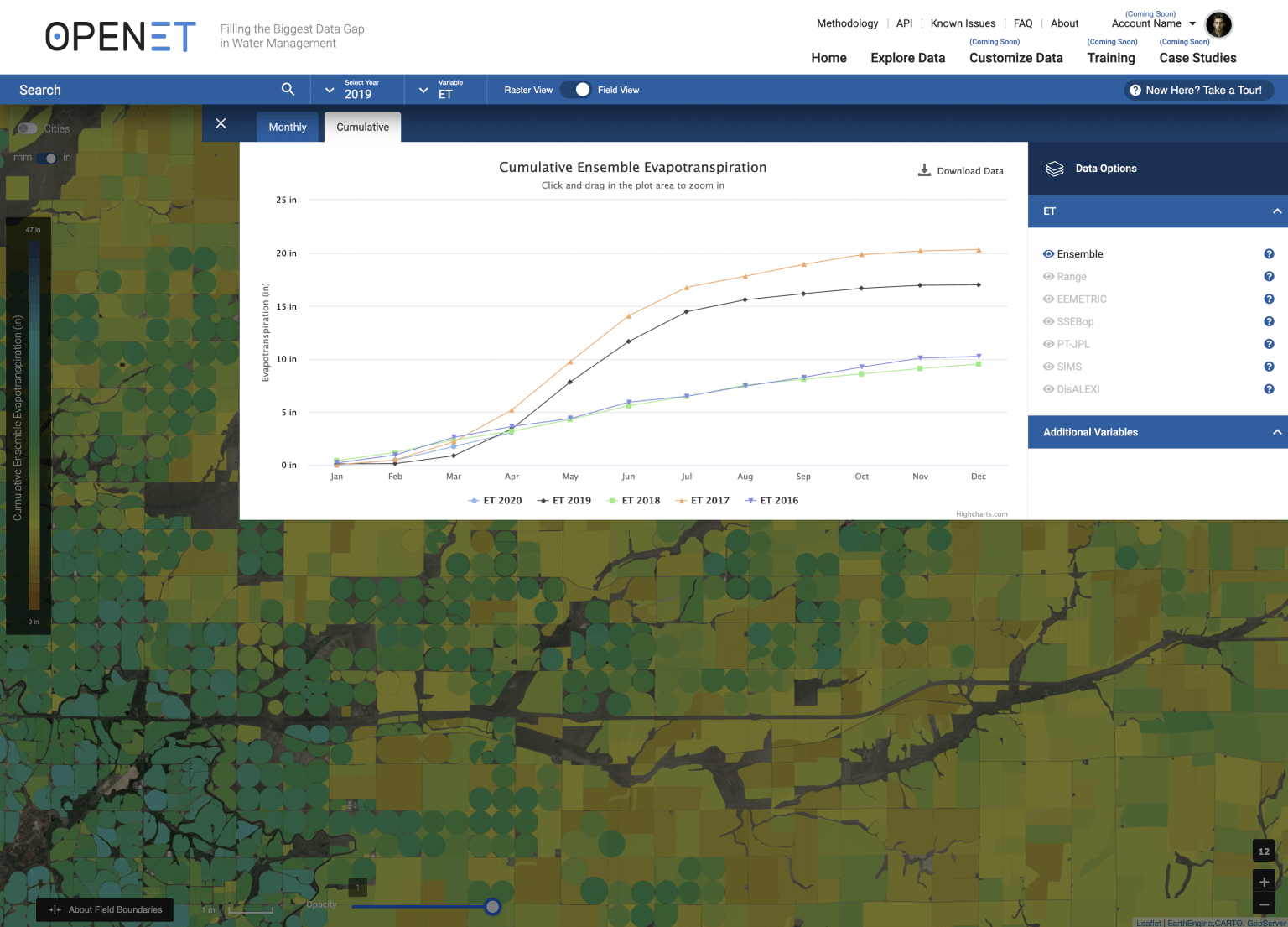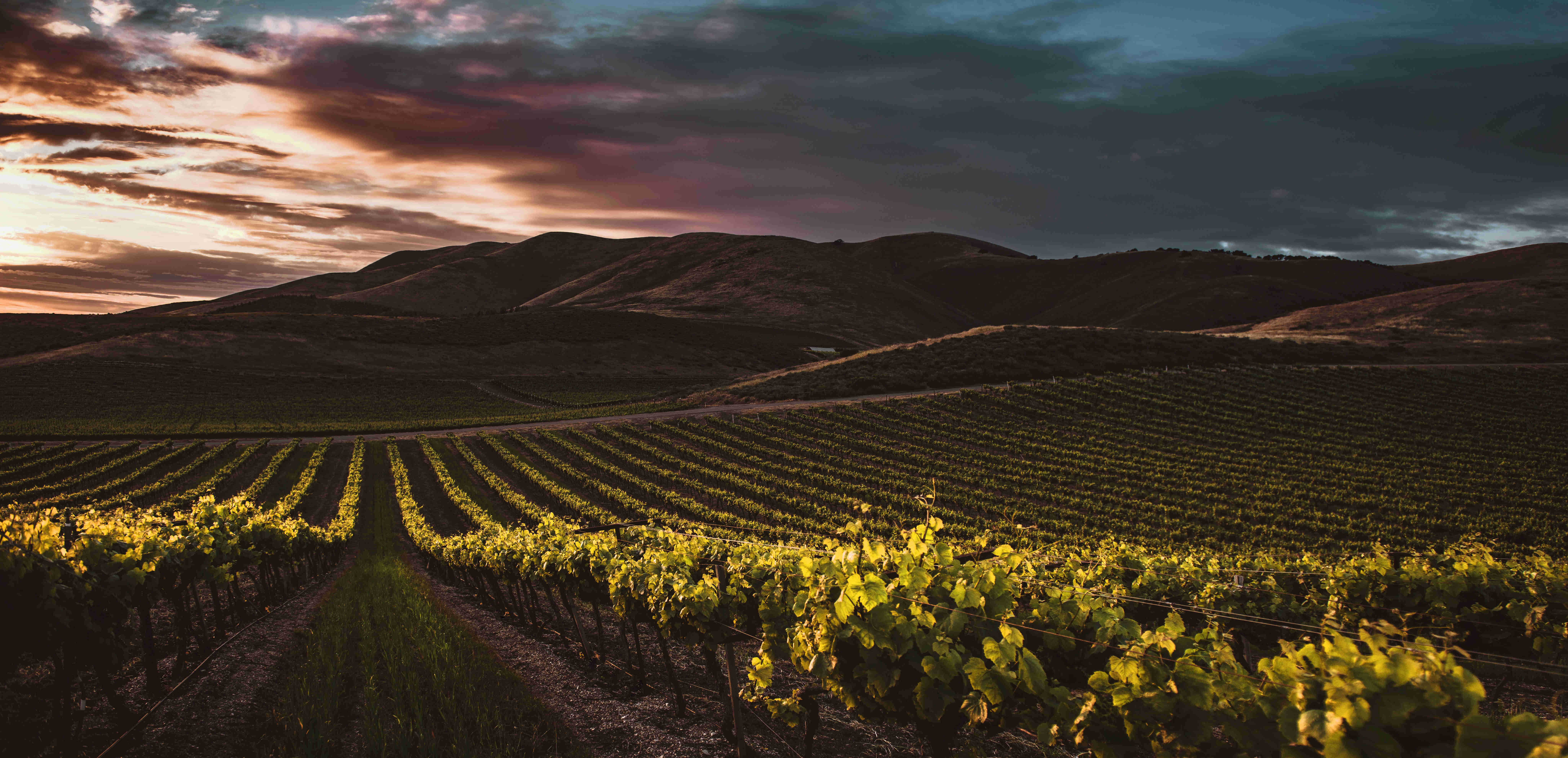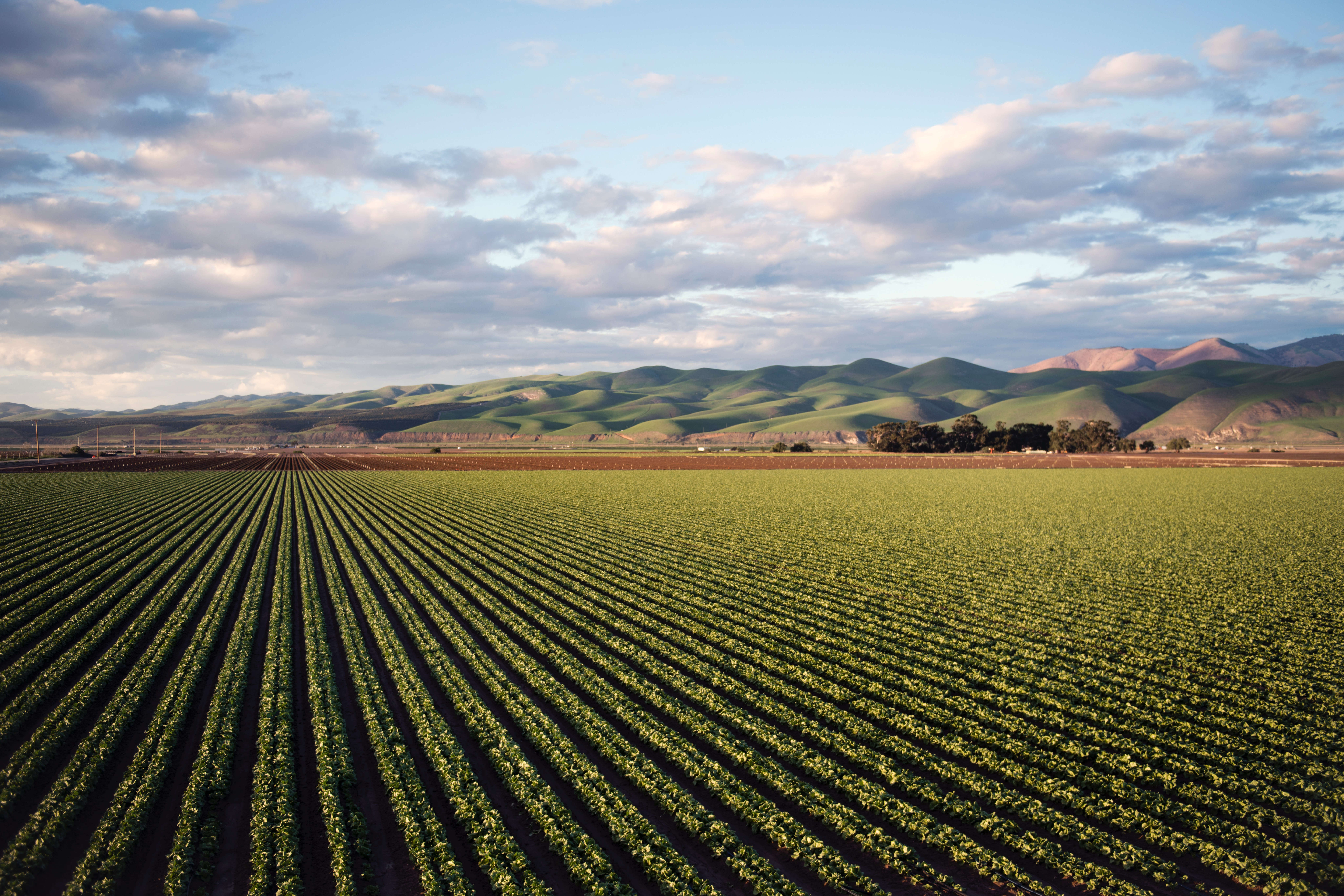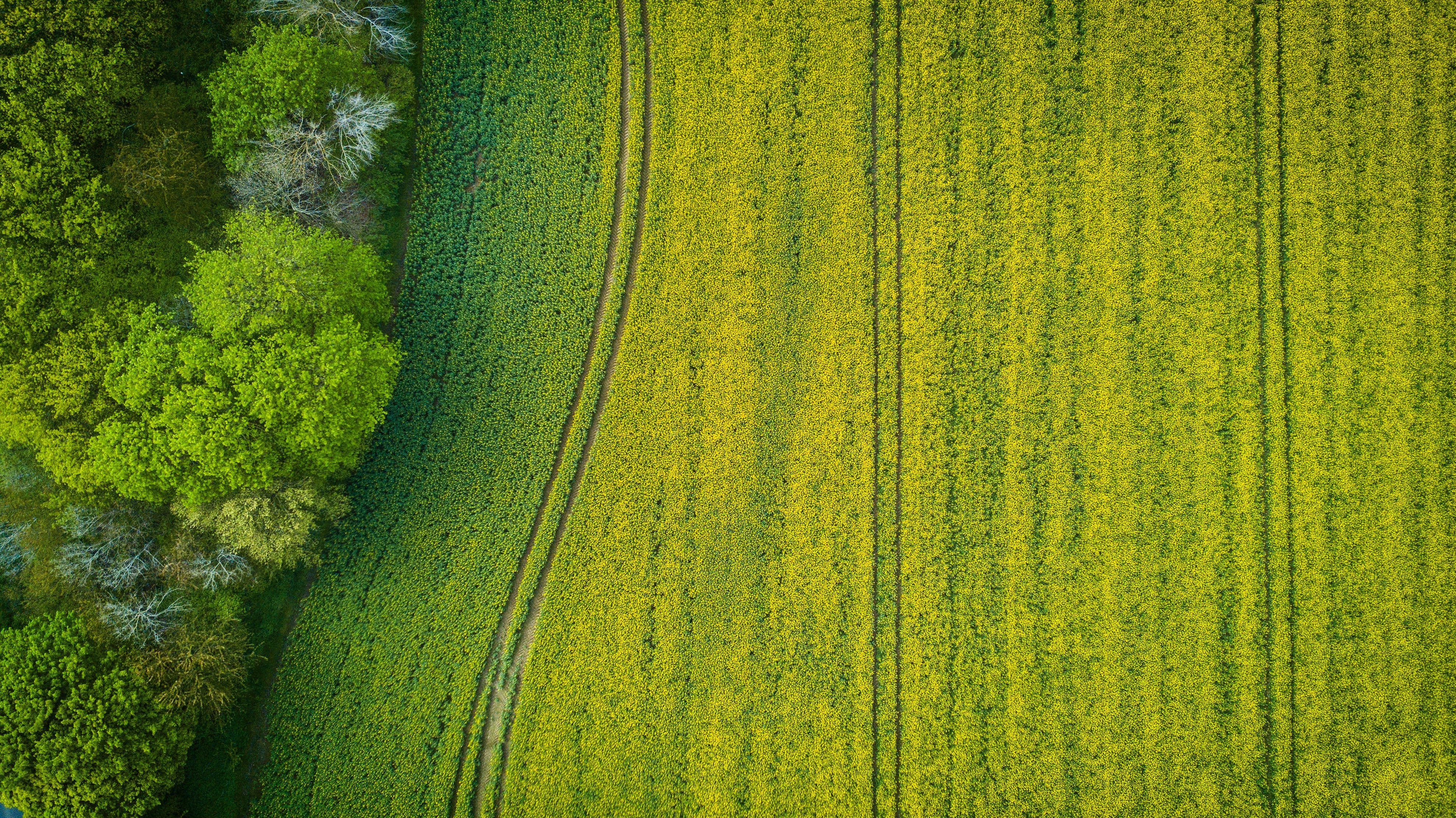FOR IMMEDIATE RELEASE
Media Contact: Jonathan Seefeldt, EDF, (512) 691-3414, jseefeldt@edf.org
Experienced Water Resources Leader to Spearhead Expanding Nonprofit Water Data Platform
(Las Vegas, NV – Nov 18, 2024) OpenET, a non-profit initiative dedicated to providing easily accessible satellite-based data for improved water management, is pleased to announce the appointment of Sara Larsen as its new Chief Executive Officer. Larsen brings more than two decades of experience in water resources management, data sharing, and cross-jurisdictional collaboration to her new role, where she will lead OpenET’s efforts to both refine and expand access to critical, field-level water data.
Larsen has been at the forefront of collaborative water data innovation for more than a decade. She comes to OpenET from dual leadership roles at the Lincoln Institute of Land Policy and the Internet of Water, a data modernization initiative through which Larsen has worked with a broad coalition to address technology and capacity barriers to water data sharing.
Larsen is steeped in both the core issues and key partnership pathways to addressing water management pressures in the American West and beyond. From 2019 to 2024, she served as Deputy Director and Chief Engineer for the Upper Colorado River Commission, where she managed multidisciplinary teams on crucial Colorado River Basin initiatives, including modeling, consumptive use estimation, water conservation program implementation, data infrastructure development, and more.
She has been an early champion and advocate for the OpenET platform, as it presents a science-based, cutting-edge, and transparent approach to measuring critical water data. Her tenure at the Commission led to the four Upper Colorado River Basin states’ adoption of one of OpenET’s methods for the purpose of interstate water management. Her dedication to collaboration and innovation was instrumental in advancing the Commission’s goals of promoting partnerships, interstate cooperation, and the sustainable management of the Colorado River’s critical resources. Prior to the Commission, Larsen worked with the Western States Water Council to drive open water data-sharing initiatives across 17 states.
Larsen’s decade-long leadership in water data is built on an extensive foundation in civil engineering and water resource management. After early roles with the State of Utah and the Provo River Water Users Association, she earned a Master’s degree in Civil Engineering and Water Resources from the University of Utah. She subsequently worked with Los Alamos National Laboratory as an infrastructure modeler, where she gained a deep understanding of advanced modeling techniques.
Reflecting on her new role, Larsen shared, “Accessible, accurate data is transforming water management at every scale. From its inception a decade ago, OpenET has driven this shift by making the most critical and elusive piece of water management — accurate evapotranspiration data — available and actionable for all. I am thrilled to lead OpenET in advancing this mission and look forward to strengthening the partnerships that make this platform such a vital tool for a sustainable future.”
“OpenET’s commitment to accessible, science-driven water data is transforming the way we approach water challenges. Sara’s leadership comes at the perfect time — her deep expertise and passion for effective, collaborative water data will further sharpen OpenET’s efforts to advance the availability and usability of water data in support of a sustainable future,” said Joya Banerjee, OpenET board of directors chair and head of U.S. programs, Waverley Street Foundation.
“OpenET is embarking on a bold endeavor to build a benchmark for water resource management across the globe. Blazing this trail will require passion, determination, and vision. I believe Sara can help the team deliver more accurate, timely, and useful water data to the world, and I am excited to watch and help them succeed,” said Brett Baker, OpenET board member, California Delta farmer, and water attorney.
About OpenET
A public-private collaboration led by NASA, California State University Monterey Bay, Environmental Defense Fund, Desert Research Institute, and HabitatSeven, OpenET uses publicly available data produced by NASA and USGS Landsat and other satellite and ground-based systems to calculate evapotranspiration rates at the field level. Evapotranspiration—the amount of water lost to the atmosphere through soil evaporation and plant transpiration—is a key measure of water consumption in agriculture and has previously been difficult and expensive to monitor accurately at scale.
